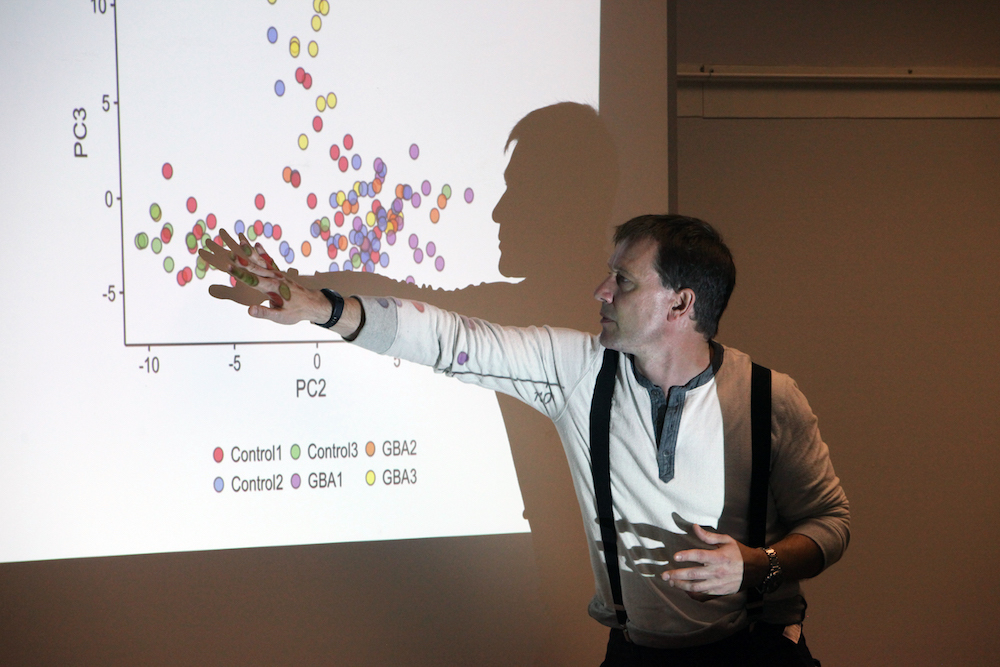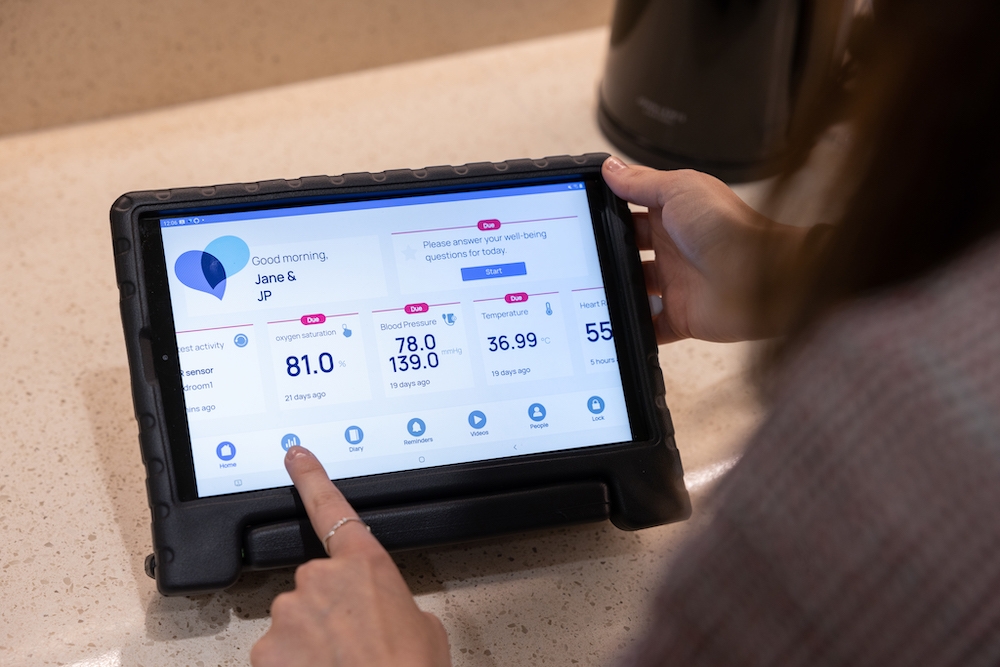“We can see how behaviour and physiology evolves over time, compared with how a person’s symptoms are progressing,” Prof Barnaghi says. “Putting this information together will give us a picture of how the cognitive symptoms associated with dementia relate to all these behavioural and activity changes. You can also look at this the other way around and think, if I see changes in behaviour, what can I infer about what is happening in someone’s brain? Can I use these changes as a digital biomarker to look for early signs of cognitive impairment?”
The technology is already being tested in the homes of over 100 people with dementia, with plans to expand further soon.
“In 10 years, my feeling is that we will have better, more accurate devices and cheaper technologies that will allow us to collect more effective data and make huge progress in diagnosis, monitoring and care for those living with dementia,” predicts Prof Barnaghi.
In addition to using the technology to validate new digital biomarkers and improve diagnosis of dementia, a key goal of the programme is to provide better care and support, to allow clinicians to intervene at an earlier stage and prevent the crises that lead to hospital stays, and to improve the day-to-day life of people living with dementia and their carers.
Effective treatments around the corner if we act now
Over recent years, hundreds of drugs have been tested in clinical trials, but sadly no effective treatments have emerged. So where does the Director of the UK DRI, Prof Bart De Strooper, see the great promise for dementia therapeutics?
“I think the biggest chances of a breakthrough is through targeting amyloid protein which we know shows abnormal changes early in disease, and is the cause of many of the familial cases of Alzheimer’s. There has also been exciting developments in the neuroinflammation field, and I believe gene therapy shows real promise.”
And how far are we from the first treatments for dementia? Prof De Strooper argues that we still need more focus on the fundamental science before we can expect effective therapies to materialise.
“Back in the 80s, everyone was convinced a mutation in a specific gene was the cause of cancer, but it started to become clear that the story was much more complicated than that,” Prof De Strooper recalls. “The knowledge that was acquired then was used to pursue deeper understanding of the mechanisms involved. Now, progress is accelerating because we understand the disease process. If we are to fully understand what drives dementia, we need a drastic increase in investment in fundamental research over the next 10 years.”
On track to treatments
Launched in 2017, the UK DRI aims to fill the knowledge gap in the diseases that lead to dementia. By bringing together world-leading expertise across the UK and collaborating internationally, we are laying the vital groundwork for tomorrow’s treatments.
With innovations transforming diagnosis, trials expanding access to many more people living with dementia, and advances in genetics and data science readying us to deliver targeted treatments as soon as they’re available, there are certainly many reasons to be excited and hopeful. To make this reality however, momentum must be maintained with long-term investment and ambitious targets set for the dementia research field over the next 10 years. We look forward to playing our role in that.
To stay up to date on the latest advances in dementia research from the UK DRI, sign up to receive our monthly newsletter, ‘Inside Eye on UK DRI’.
Image credits: Better Ageing, Shutterstock: Andrey Popov, Thomas Angus, Imperial College London
Article published: 21 September 2022





